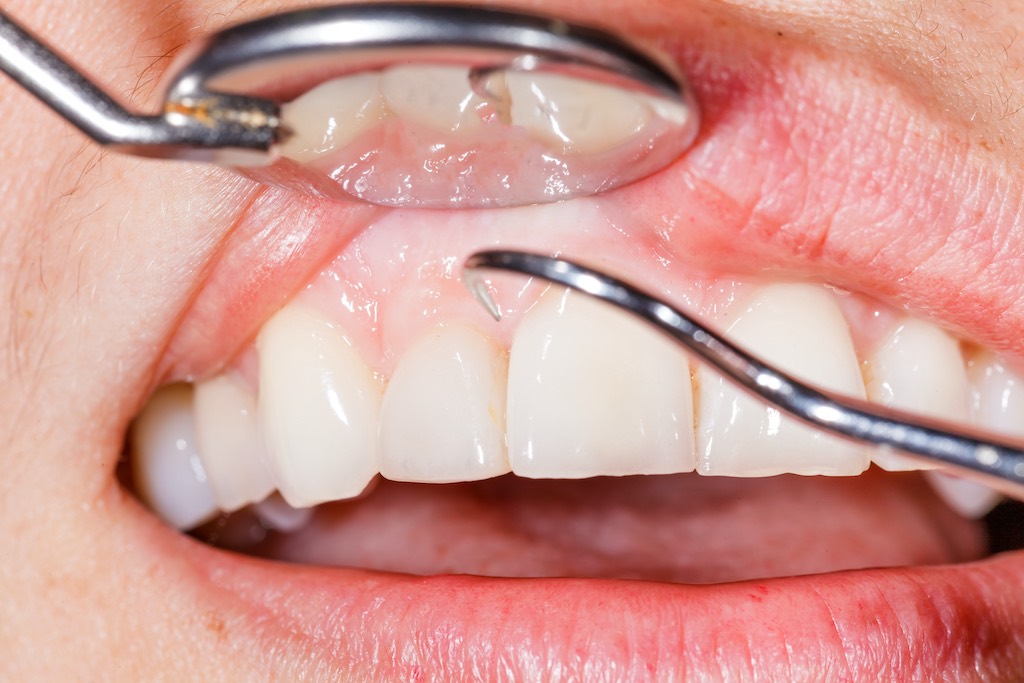Dr. Raul D. Molina has a wealth of knowledge and experience in the treatment of complex oral diseases as well as in-depth training in oral and facial aesthetics. Dr. Molina's state-of-the-art practice specializes in procedures like implants, veneers, Botox and fillers. He also has specialized training in, and has authored articles on numerous topics in dental technology like intraoral scanners and 3D printing in the context of oral and periodontal surgery.
When you see your teeth in the mirror, you’re technically looking at your enamel. It’s the white — or once white — outermost layer of a tooth that gives it the toughness needed to not instantly crack under pressure, quite literally. This makes enamel crucially important to both the short term health of your teeth and their longevity over your lifetime. Without it fully intact, you’ll likely start experiencing increased sensitivity, faster wear or flattening of your teeth, increased yellowing, quickly growing and more severe cavities, and your teeth will be much more prone to fracturing. So, how do we preserve and protect this integral layer of our teeth?
 Photo Credit: Shutterstock
Photo Credit: Shutterstock
1) Preventative treatments
We know, you’d prefer not to go to the dentist any more than absolutely necessary. Well, the best way to avoid spending hours upon hours in that dreaded chair is to go for all your regular exams and act on their recommendations as soon as possible. At our office, we check every tooth for microfractures that can only be seen with special cameras, we scan the mouth for decay and look for signs of an unstable bite that could wear through your enamel cause severe fractures. We do this in order to save our patients time, money and ensure that their enamel is at its strongest and whitest!
2) Get the right toothbrush/toothpaste combo
Not all toothbrushes and pastes are created equal. Some can actually do more harm than good by removing your enamel over time. This can happen if you’re using products that are overly abrasive to your teeth. Generally, the best toothbrush is going to be one with soft bristles. Soft bristles will effectively remove the plaque from your teeth without wearing away the underlying enamel.
As far as toothpastes go, stay away from anything that has a gritty texture or contains too many abrasives like hydrated silica, calcium carbonate, sodium metaphosphate, alumina and dicalcium phosphate dihydrate. The American Dental Association uses something called the RDA value to measure the abrasiveness of toothpastes. You want to make sure that your toothpaste has an RDA value below 250. My personal favorite toothpaste brand is Sensodyne as they shy away from using too many abrasives and actively create toothpastes that strengthen your enamel.
While these suggestions are good for the average patient, everyone’s mouth is different. Call your dentist to see if they can recommend a product that’s uniquely right for your mouth. At our office, we create custom profiles for all of our patients in order to get them the toothpaste and toothbrush combo that’s right for THEM.
 Photo Credit: Shutterstock
Photo Credit: Shutterstock
3) Stay away from acid
Soda, citrus, alcohol, certain candies, and even certain foods can cause something called acid erosion. This will destroy your enamel over time through frequent acid baths and make it much more prone to wear from abrasives. The most straightforward solution is to avoid anything acidic. However, if you’re like me and enjoy the occasional old fashioned, this isn’t necessarily the best solution. Instead of avoiding acids altogether, just make sure to rinse your mouth with water after consuming them and if possible, give your teeth a quick brush.
Enamel is incredibly important to the health of your smile and it’s unique beauty. Don’t wait to take care of it because by then it may be too late!
For more information, visit Dr. Raul D. Molina's social media:





















